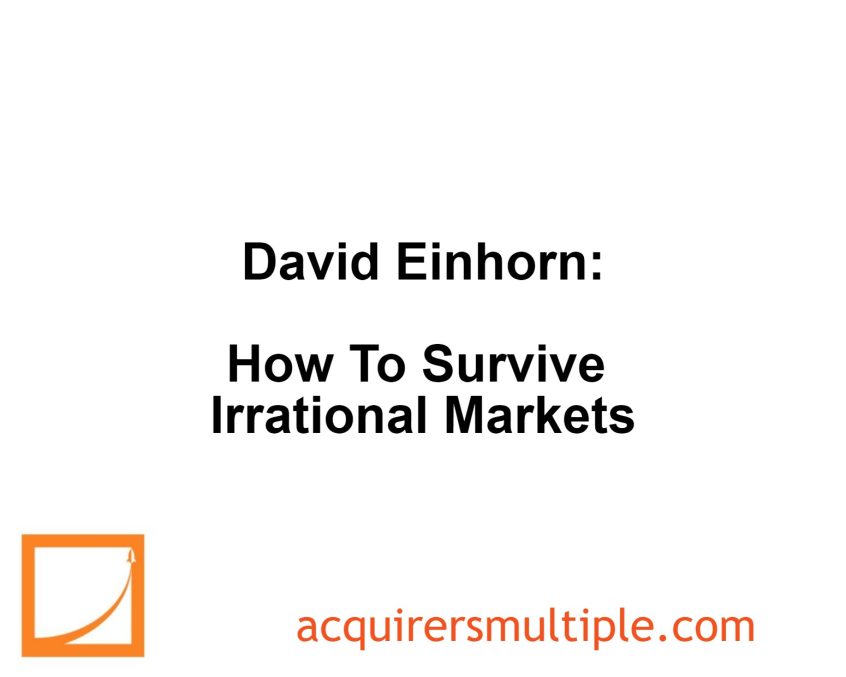In his book – Fooling Some of the People All of the Time, David Einhorn describes the technology stock bubble, where investors poured capital into tech stocks, abandoning traditional investments and value investing.
Julian Robertson’s Tiger Fund, which held old-economy stocks, suffered, leading to its liquidation. Einhorn’s fund experienced significant losses in early 2000 as capital fled traditional industries.
However, following the Nasdaq peak on March 10, the market abruptly reversed. Einhorn attributes this reversal to the forced covering of short-sellers.
The market returned to rationality, leading to a bear market for leading stocks and a resurgence in value investing, which benefited Einhorn’s strategy, helping his fund recover.
Here’s an excerpt from the book:
At the top of the bubble, technology stocks seemed destined to consume all the world’s capital. It was not enough for all the new money to go into this sector. In order to feed the monster, investors sold everything from old economy stocks to Treasuries to get fully invested in the bubble.
Value investing fell into complete disrepute. Julian Robertson’s Tiger Fund, which had an extraordinary multi-decade record and became the largest hedge fund in the world, performed poorly while holding a variety of old-economy stocks. Robertson liquidated.
February 2000 was our second worst month ever. We lost 6 percent, mostly in our longs, as capital fled traditional industries. We lost several percent more in early March until the Nasdaq peak on March 10.
We lost a little bit of money every day for five weeks. Other than cutting our losses in Chemdex, there really was not much to do about it.
Then… the market reversed. Just like that. Partially informed by our Chemdex/Ventro experience, I believe the Internet bubble made its ultimate top the day the last short-seller could no longer afford to hold his position and was forced to cover.
Market extremes occur when it becomes too expensive in the short term to hold for the long term. John Maynard Keynes once said that the market can stay irrational longer than you can stay solvent.
From the peak, the market returned to rationality. The leading stocks suffered a devastating bear market and value investing made a “bottom.” These enormous excesses would be completely reversed over the next few years.
This was a good environment for our strategy, and we recovered from our bad start to the year.
You can find a copy of the book here:
For all the latest news and podcasts, join our free newsletter here.
Don’t forget to check out our FREE Large Cap 1000 – Stock Screener, here at The Acquirer’s Multiple:




